Home>Technology>Smart Home Devices>What Is A Tank Printer
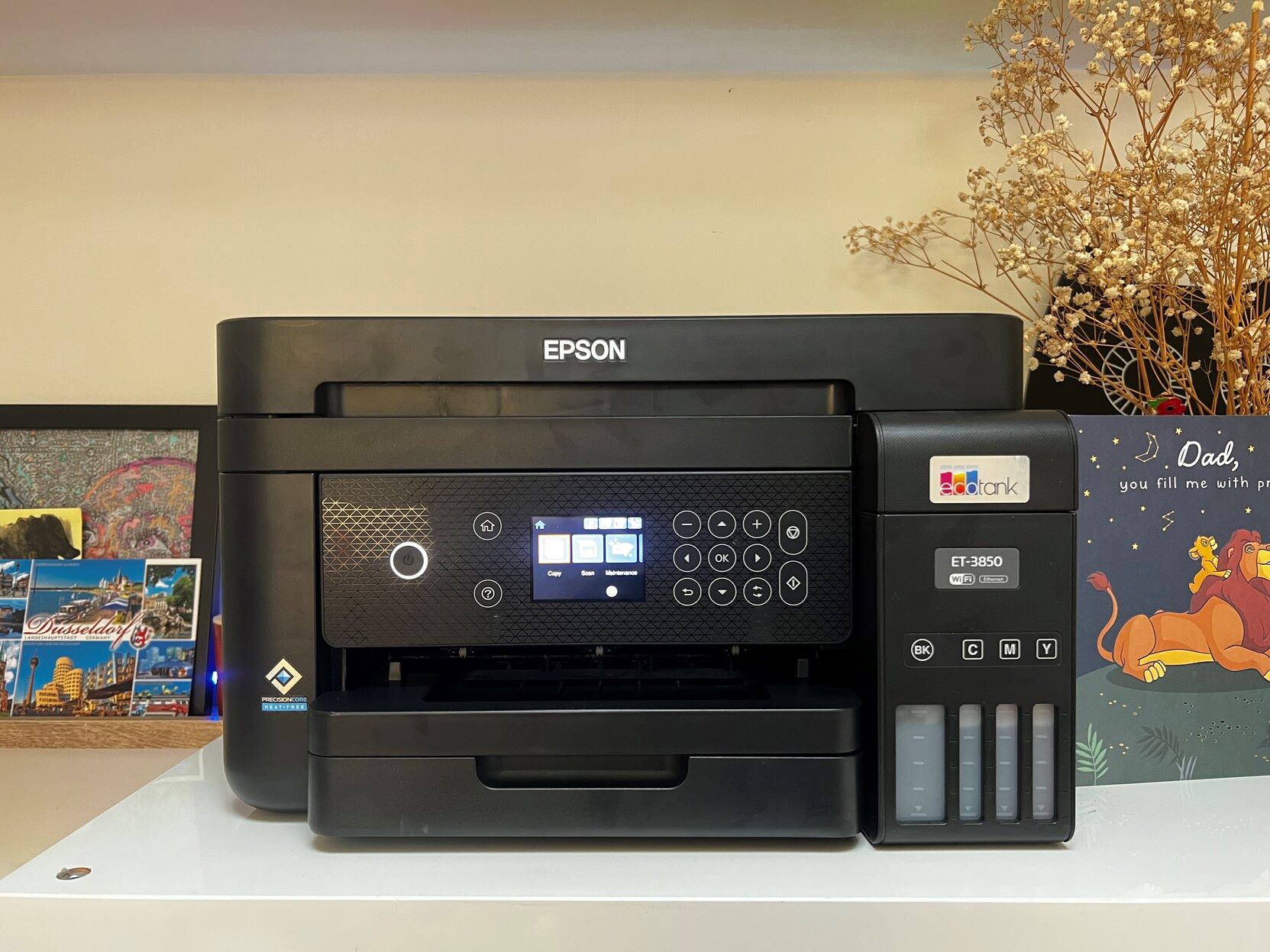

Smart Home Devices
What Is A Tank Printer
Modified: August 17, 2024
Learn about tank printers and how they can enhance your smart home setup. Discover the benefits and features of these innovative smart home devices.
(Many of the links in this article redirect to a specific reviewed product. Your purchase of these products through affiliate links helps to generate commission for Storables.com, at no extra cost. Learn more)
Introduction
Welcome to the world of printing technology, where innovative solutions continue to revolutionize the way we produce documents and images. In this article, we will delve into the fascinating realm of tank printers, exploring their functionality, advantages, and potential drawbacks. As the demand for efficient and cost-effective printing solutions grows, tank printers have emerged as a compelling option for individuals and businesses alike.
Whether you are a student, a professional, or a hobbyist, the need for reliable and high-quality printing is a common denominator. Understanding the inner workings of tank printers can empower you to make informed decisions when seeking a printing solution that aligns with your specific requirements. Let’s embark on a journey to unravel the intricacies of tank printers and gain valuable insights into their role in the modern printing landscape.
Key Takeaways:
- Tank printers use refillable ink tanks instead of cartridges, saving money and reducing plastic waste. They offer high-quality printing for individuals and businesses with high-volume needs.
- While tank printers require an initial investment, they provide cost savings and environmental sustainability in the long run. Users should consider space, maintenance, and compatibility when choosing a tank printer.
Read more: Which Ink Tank Printer Is Best?
Definition of a Tank Printer
A tank printer, also known as a supertank printer, is a type of inkjet printer that is designed to address the common pain points associated with traditional inkjet printers. The distinguishing feature of a tank printer lies in its ink delivery system, which utilizes refillable ink tanks instead of traditional cartridges. This innovative approach aims to provide a cost-effective and environmentally friendly printing solution, offering a sustainable alternative to the constant replacement of cartridges.
Unlike conventional inkjet printers that rely on disposable cartridges, tank printers are equipped with built-in reservoirs that can be replenished with ink. This design eliminates the need for frequent cartridge replacements, reducing both the financial burden on users and the generation of plastic waste. Furthermore, the transparent ink tanks allow users to easily monitor the ink levels, providing greater visibility and convenience when it comes to refilling the ink.
It is important to note that tank printers are not limited to home or small office use; they are also available in commercial-grade models capable of handling high-volume printing tasks. This versatility underscores the adaptability of tank printers across various printing environments, catering to the diverse needs of individuals and businesses.
How a Tank Printer Works
At the core of a tank printer’s functionality is its innovative ink delivery system, which fundamentally differs from that of traditional inkjet printers. The key components of a tank printer include the refillable ink tanks, printhead, and the ink delivery mechanism. Understanding the operational dynamics of a tank printer can shed light on its efficiency and cost-saving benefits.
When initiating a printing task, the tank printer draws ink from the refillable tanks and transfers it to the printhead. This process is facilitated by a sophisticated ink delivery mechanism that ensures a consistent and precise flow of ink onto the paper. The printhead, equipped with microscopic nozzles, precisely deposits the ink onto the printing surface, resulting in sharp and vibrant output.
One of the notable advantages of the tank printer’s design is the elimination of disposable cartridges, which are notorious for their contribution to plastic waste. By utilizing refillable ink tanks, users can replenish the ink supply as needed, minimizing the environmental impact associated with traditional inkjet printers. Additionally, the transparent nature of the ink tanks enables users to visually monitor the ink levels, providing a convenient way to anticipate refills and avoid unexpected interruptions during printing tasks.
Furthermore, the ink used in tank printers is formulated to deliver exceptional print quality while maximizing the longevity of the printhead. This focus on print durability and printhead preservation contributes to the overall cost-effectiveness of tank printers, as users can achieve high-quality outputs without compromising the longevity of the printing hardware.
Overall, the operational intricacies of a tank printer underscore its commitment to sustainability, cost efficiency, and print quality. By reimagining the ink delivery process and minimizing waste, tank printers offer a compelling printing solution for both individual users and businesses seeking reliable and environmentally conscious technology.
When considering a tank printer, look for one with refillable ink tanks instead of cartridges. This can save you money in the long run and reduce waste.
Advantages of Using a Tank Printer
Embracing a tank printer as your preferred printing solution presents a myriad of advantages that cater to the practical, financial, and environmental aspects of printing. These advantages underscore the transformative impact of tank printers in the realm of printing technology, positioning them as a compelling choice for users seeking efficiency and sustainability.
- Cost Savings: Tank printers are renowned for their cost-effective nature, offering significant savings in the long run. By utilizing refillable ink tanks, users can avoid the recurring expense of purchasing replacement cartridges, resulting in reduced printing costs over time. This financial advantage is particularly appealing for individuals and businesses with high printing volumes, as it minimizes the ongoing operational expenses associated with traditional inkjet printers.
- Environmental Sustainability: The environmentally conscious design of tank printers aligns with the global push for sustainability. By eliminating the need for disposable cartridges, tank printers contribute to the reduction of plastic waste generated by conventional inkjet printers. This eco-friendly approach resonates with users who prioritize environmental responsibility and seek to minimize their ecological footprint.
- Convenience and Transparency: The transparent ink tanks of tank printers offer a user-friendly advantage, allowing individuals to easily monitor ink levels and anticipate refills. This transparency enhances the overall printing experience by providing users with clear visibility into the ink status, thereby minimizing the risk of unexpected interruptions during printing tasks.
- High-Volume Printing: Tank printers are well-suited for high-volume printing requirements, making them an ideal choice for businesses and organizations with demanding printing needs. The efficient ink delivery system and the capacity of refillable ink tanks enable tank printers to handle extensive printing tasks without compromising print quality or incurring excessive operational costs.
- Print Quality and Longevity: Tank printers are engineered to deliver exceptional print quality while preserving the longevity of the printhead. The formulation of the ink, combined with the precision of the ink delivery mechanism, ensures that tank printers produce sharp, vibrant outputs that withstand the test of time. This commitment to print durability enhances the overall value proposition of tank printers for users who prioritize superior print quality.
The collective advantages of cost savings, environmental sustainability, user convenience, high-volume printing capabilities, and print quality underscore the appeal of tank printers as a forward-thinking and practical printing solution. By embracing the benefits offered by tank printers, users can optimize their printing experience while contributing to a more sustainable and efficient printing ecosystem.
Disadvantages of Using a Tank Printer
While tank printers offer a compelling array of advantages, it is important to acknowledge the potential disadvantages associated with their utilization. Understanding the limitations of tank printers can provide a comprehensive perspective for individuals and businesses evaluating their printing needs and preferences.
- Initial Investment: One of the primary considerations when adopting a tank printer is the initial investment required. While tank printers offer long-term cost savings through their refillable ink tanks, the upfront purchase cost may be higher compared to some traditional inkjet printers. This initial investment can pose a financial barrier for users with budget constraints or those seeking a more affordable entry point into printing technology.
- Ink Evaporation and Shelf Life: The prolonged use of refillable ink tanks in tank printers may lead to concerns regarding ink evaporation and shelf life. Users who have infrequent printing needs or extended periods of printer inactivity may encounter issues related to ink evaporation, potentially affecting the consistency and quality of the ink over time. While proper maintenance and usage can mitigate this drawback, it remains a consideration for certain usage scenarios.
- Space and Portability: Tank printers, particularly commercial-grade models designed for high-volume printing, may occupy more space compared to compact inkjet printers. This factor can be a drawback for users with limited workspace or those who prioritize portability. Additionally, the weight and dimensions of tank printers may pose challenges in terms of relocation and transportation, especially for users who require mobility or frequently change their printing setup.
- Printhead Maintenance: Despite the longevity of printheads in tank printers, occasional maintenance and cleaning may be necessary to ensure optimal performance. While modern tank printers are engineered to minimize printhead maintenance requirements, users should be mindful of the periodic upkeep involved in preserving the functionality and print quality of the printhead. This consideration underscores the importance of proactive printer maintenance practices.
- Compatibility and Support: As with any technology, ensuring compatibility with specific operating systems, software applications, and networking environments is essential for a seamless printing experience. Users should verify the compatibility of tank printers with their existing infrastructure and seek reliable technical support to address any potential compatibility challenges. This proactive approach can mitigate issues related to integration and support.
By acknowledging the potential disadvantages of tank printers, users can make informed decisions based on their unique printing requirements and operational preferences. While the advantages of tank printers are compelling, understanding their limitations is crucial for aligning their capabilities with specific usage scenarios and user expectations.
Read also: 8 Best Ink Tank Printer For 2025
Conclusion
As we conclude our exploration of tank printers, it is evident that these innovative printing solutions have redefined the traditional landscape of inkjet printing. The integration of refillable ink tanks, sustainable design principles, and cost-effective operational dynamics positions tank printers as a compelling choice for individuals and businesses seeking reliable, high-quality printing technology.
The advantages of tank printers, including cost savings, environmental sustainability, user convenience, high-volume printing capabilities, and print quality, underscore their transformative impact on the printing ecosystem. By prioritizing efficiency, longevity, and environmental responsibility, tank printers offer a forward-thinking approach to meeting diverse printing needs while minimizing the ecological footprint associated with traditional inkjet printers.
While it is important to consider the potential disadvantages of tank printers, such as the initial investment, ink evaporation concerns, space considerations, printhead maintenance, and compatibility challenges, proactive decision-making and informed usage practices can effectively address these limitations. By weighing the advantages and disadvantages in the context of specific printing requirements, users can leverage the strengths of tank printers while mitigating potential drawbacks.
Ultimately, the evolution of printing technology continues to be shaped by innovative solutions that prioritize sustainability, cost efficiency, and user-centric design. Tank printers exemplify this evolution, offering a harmonious balance of practicality, environmental consciousness, and print quality. Whether in a home office, a commercial setting, or an educational environment, the versatility and benefits of tank printers position them as a valuable asset in the modern printing landscape.
As the demand for sustainable and efficient printing solutions persists, tank printers stand as a testament to the ongoing innovation in the realm of printing technology, empowering users to embrace a more cost-effective, environmentally responsible, and reliable approach to printing.
Frequently Asked Questions about What Is A Tank Printer
Was this page helpful?
At Storables.com, we guarantee accurate and reliable information. Our content, validated by Expert Board Contributors, is crafted following stringent Editorial Policies. We're committed to providing you with well-researched, expert-backed insights for all your informational needs.
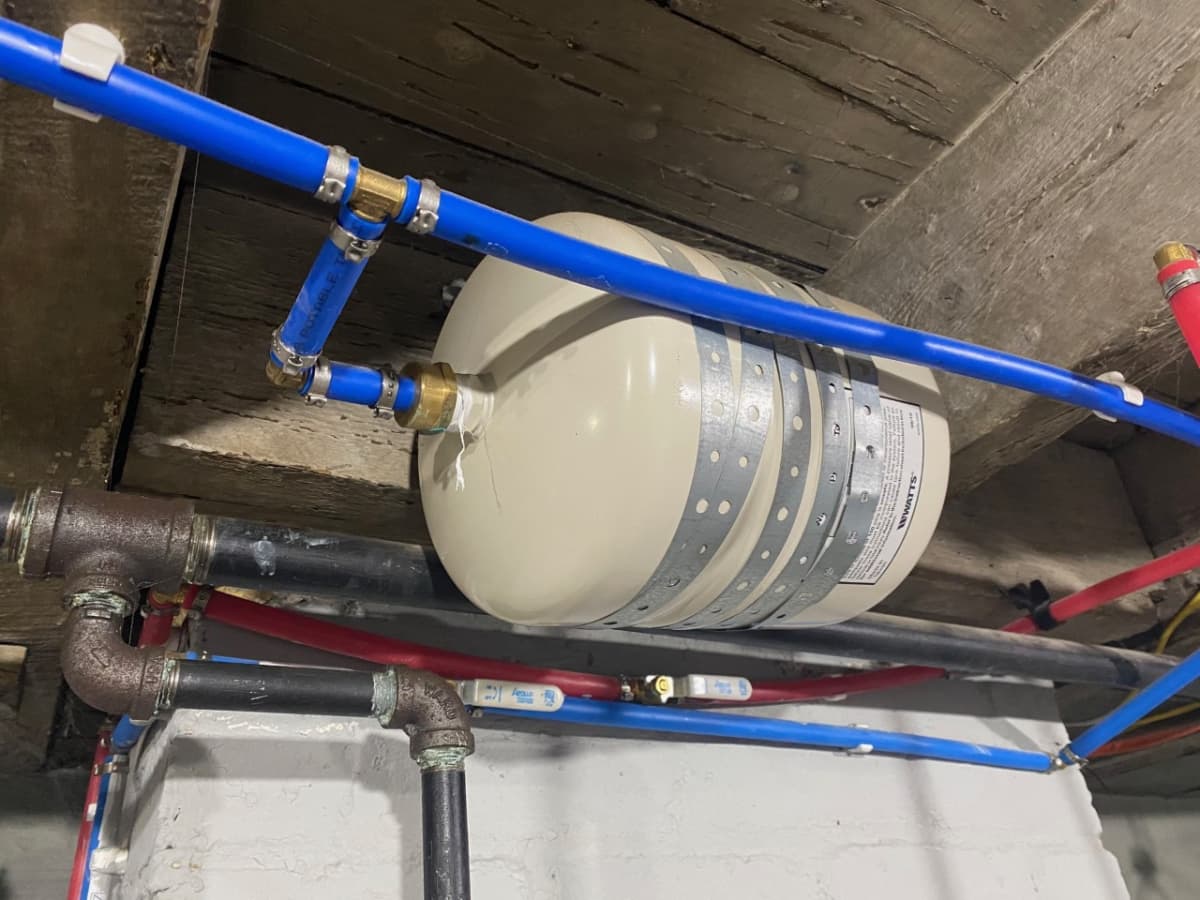


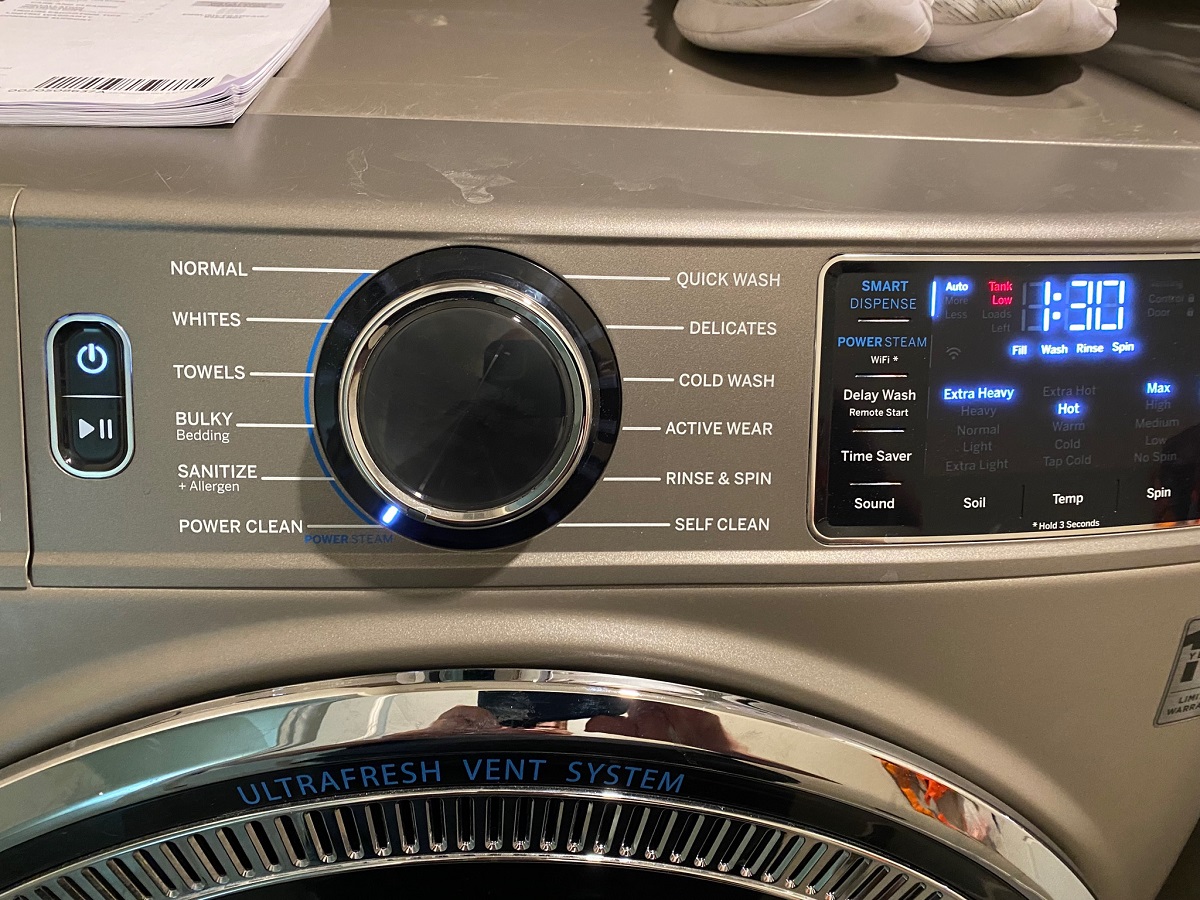

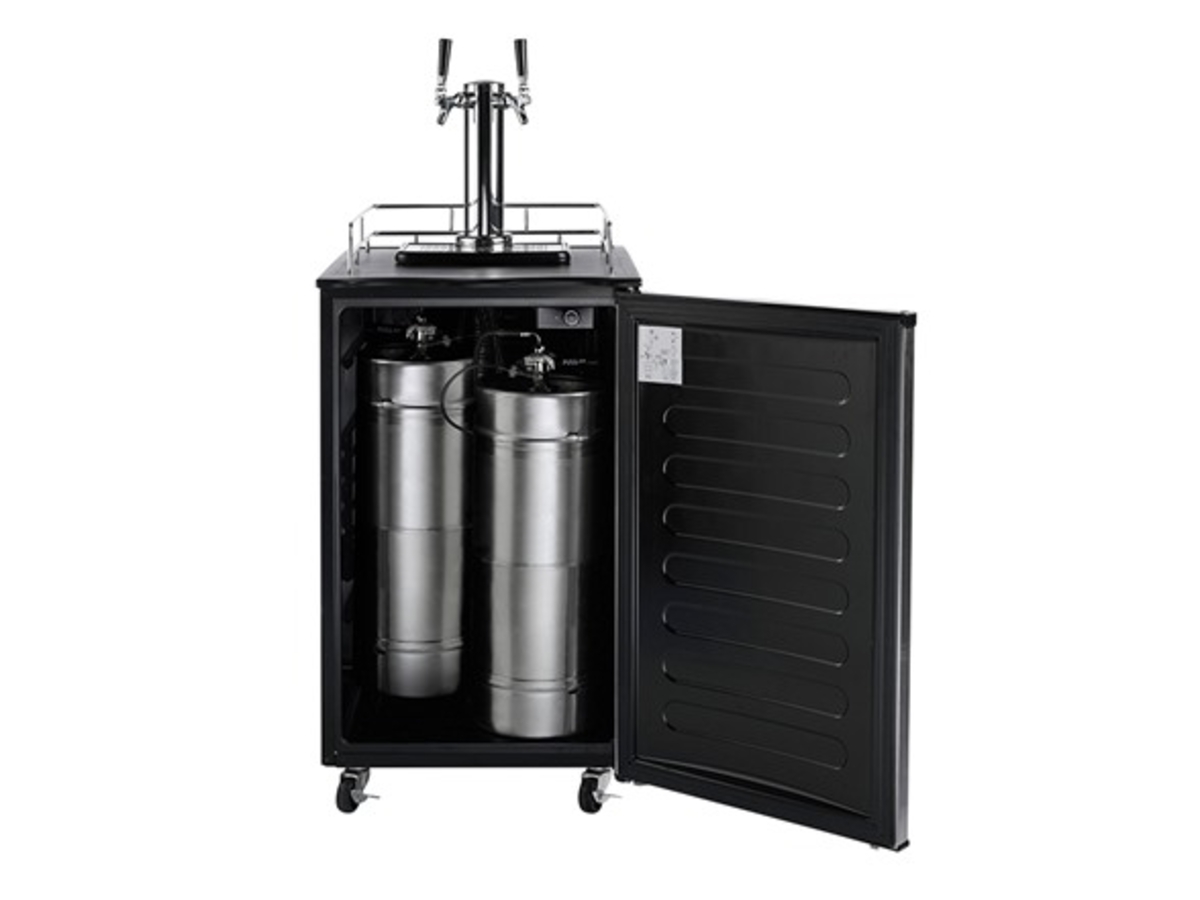


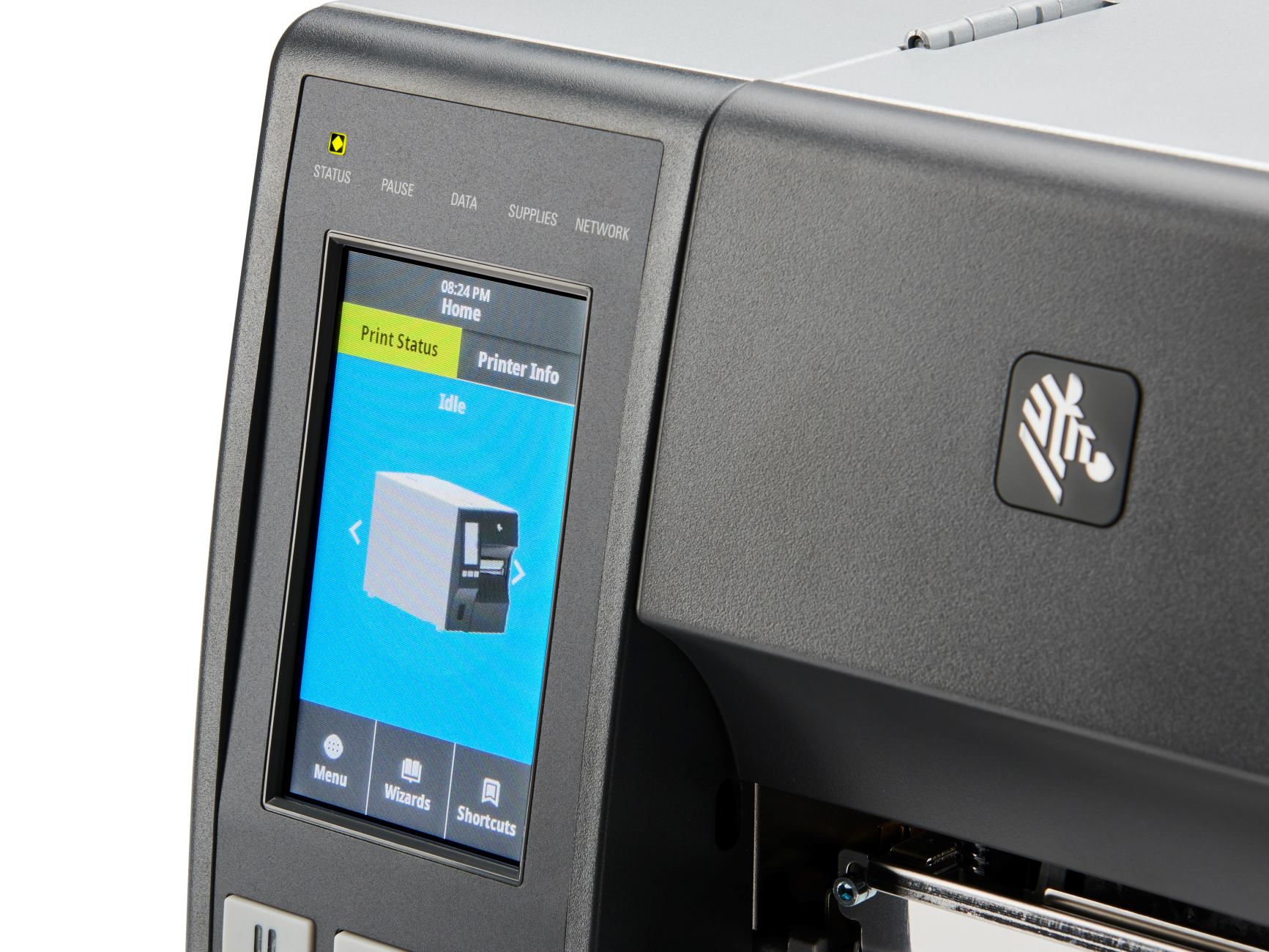

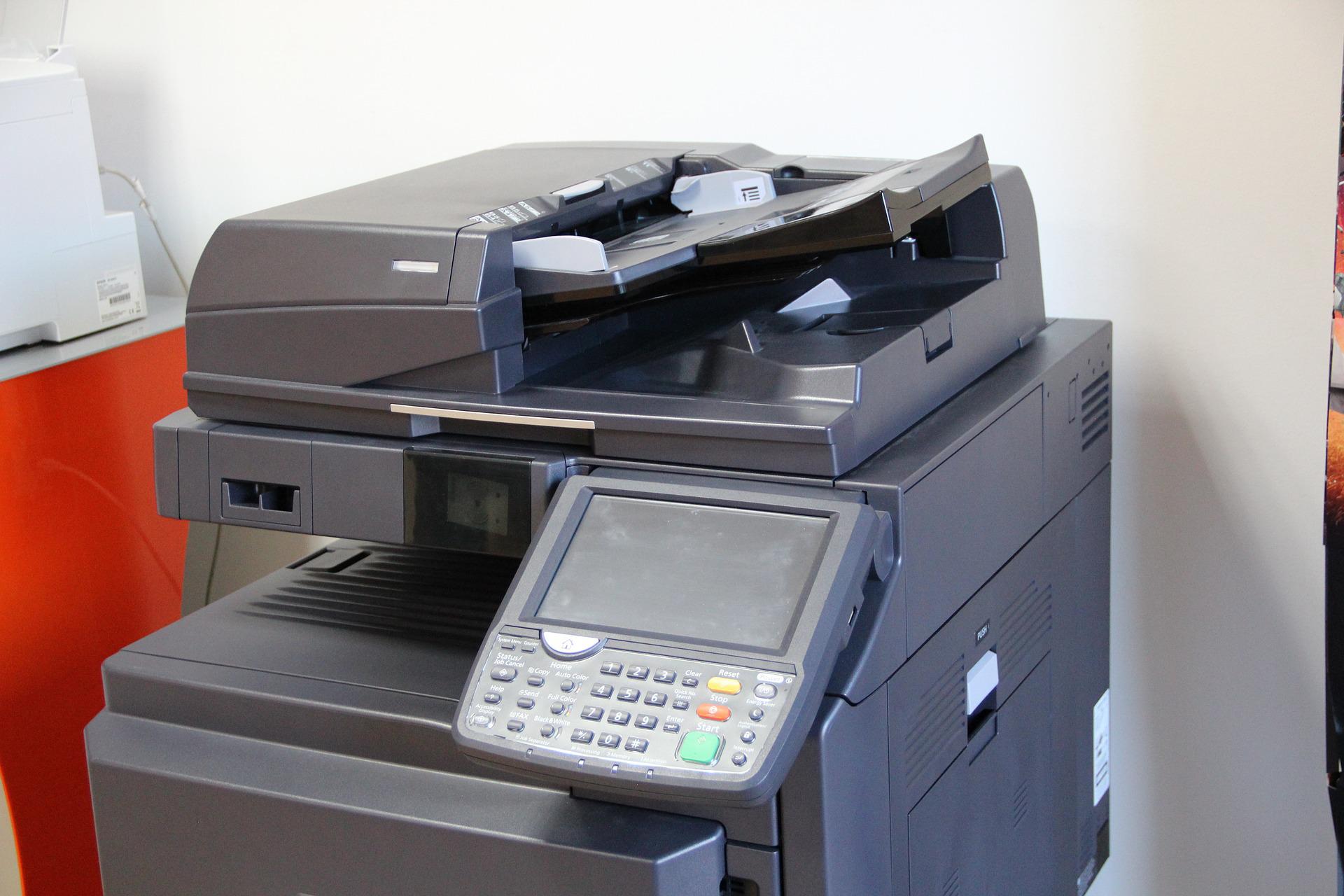
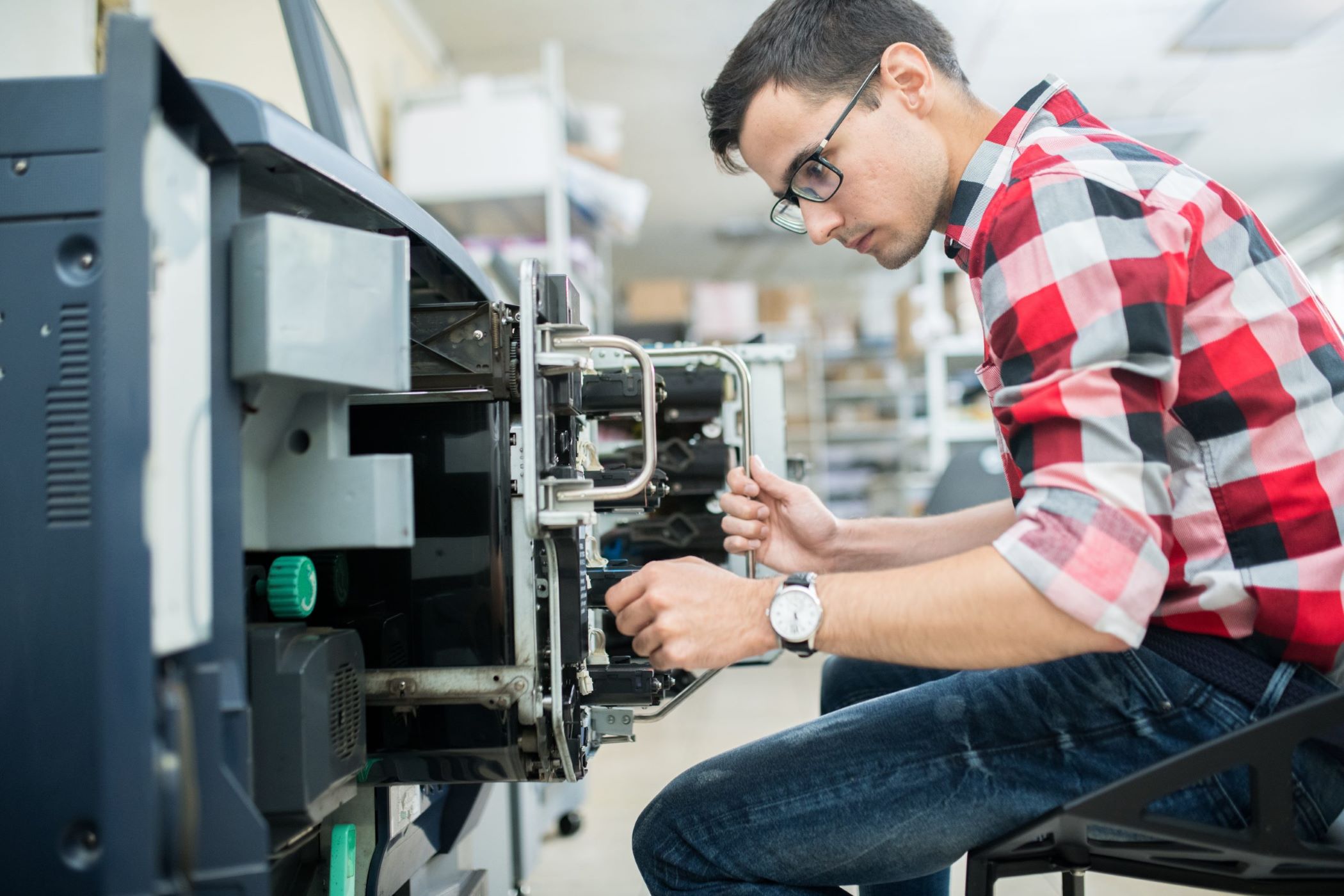
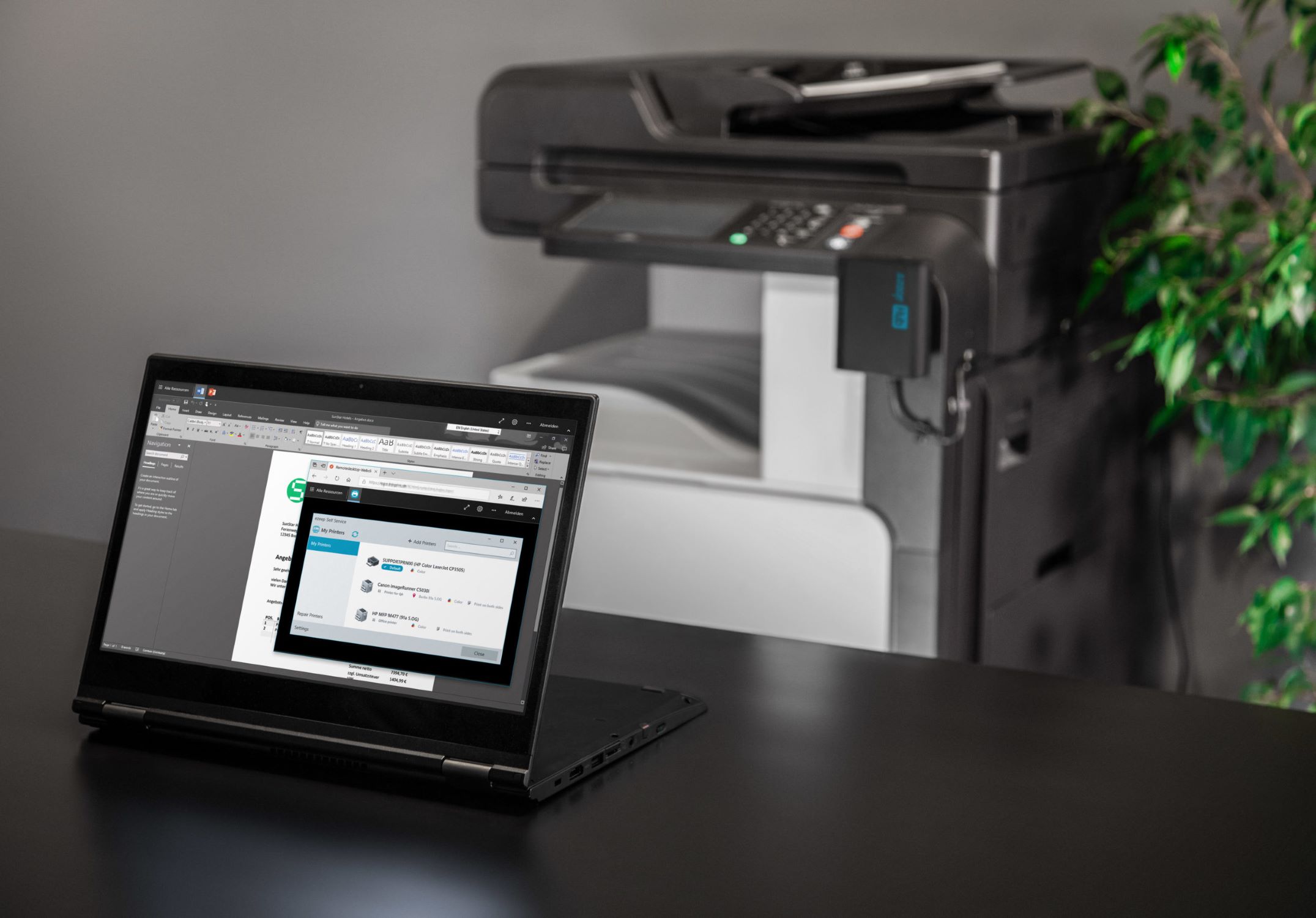
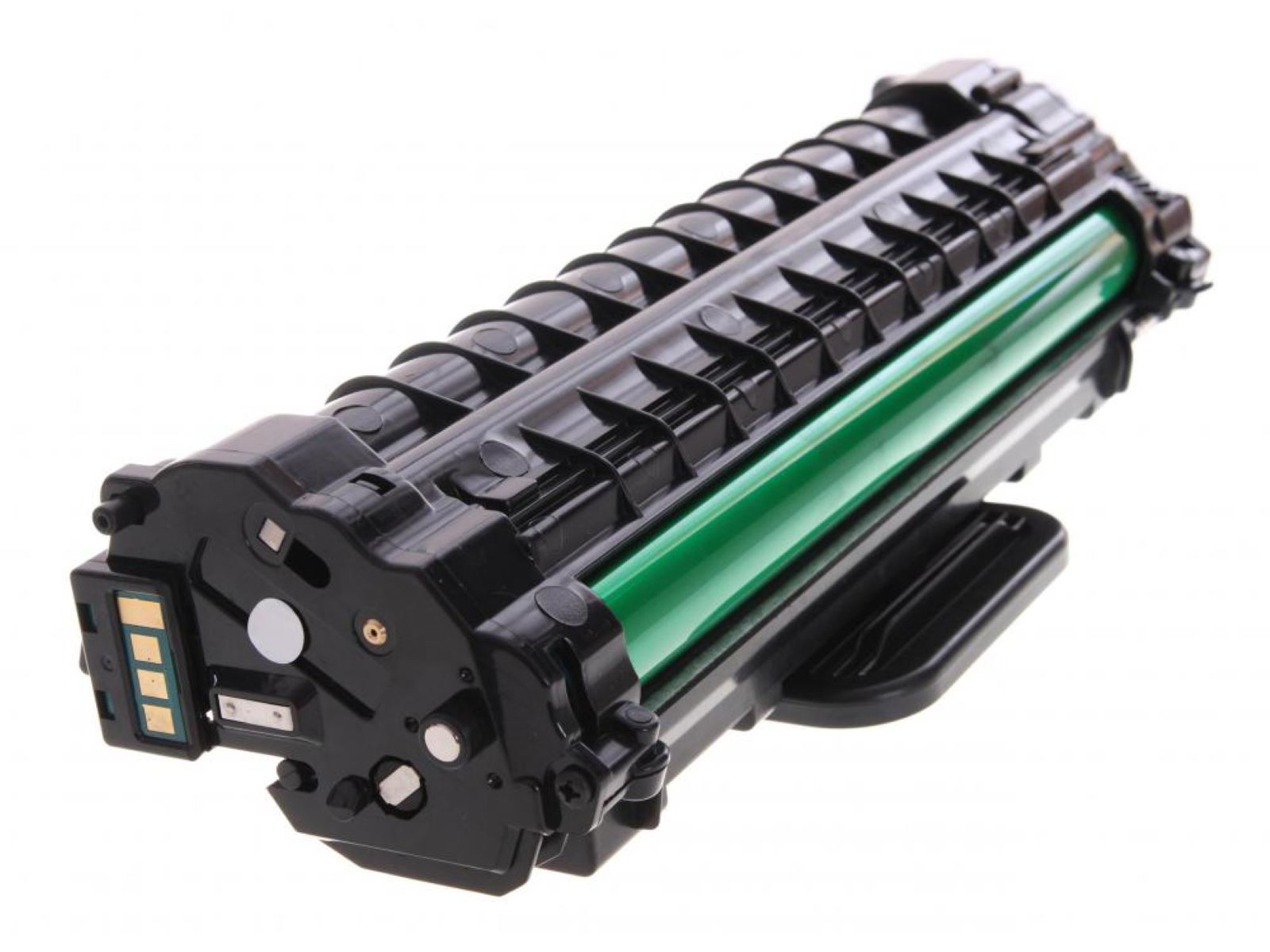

0 thoughts on “What Is A Tank Printer”